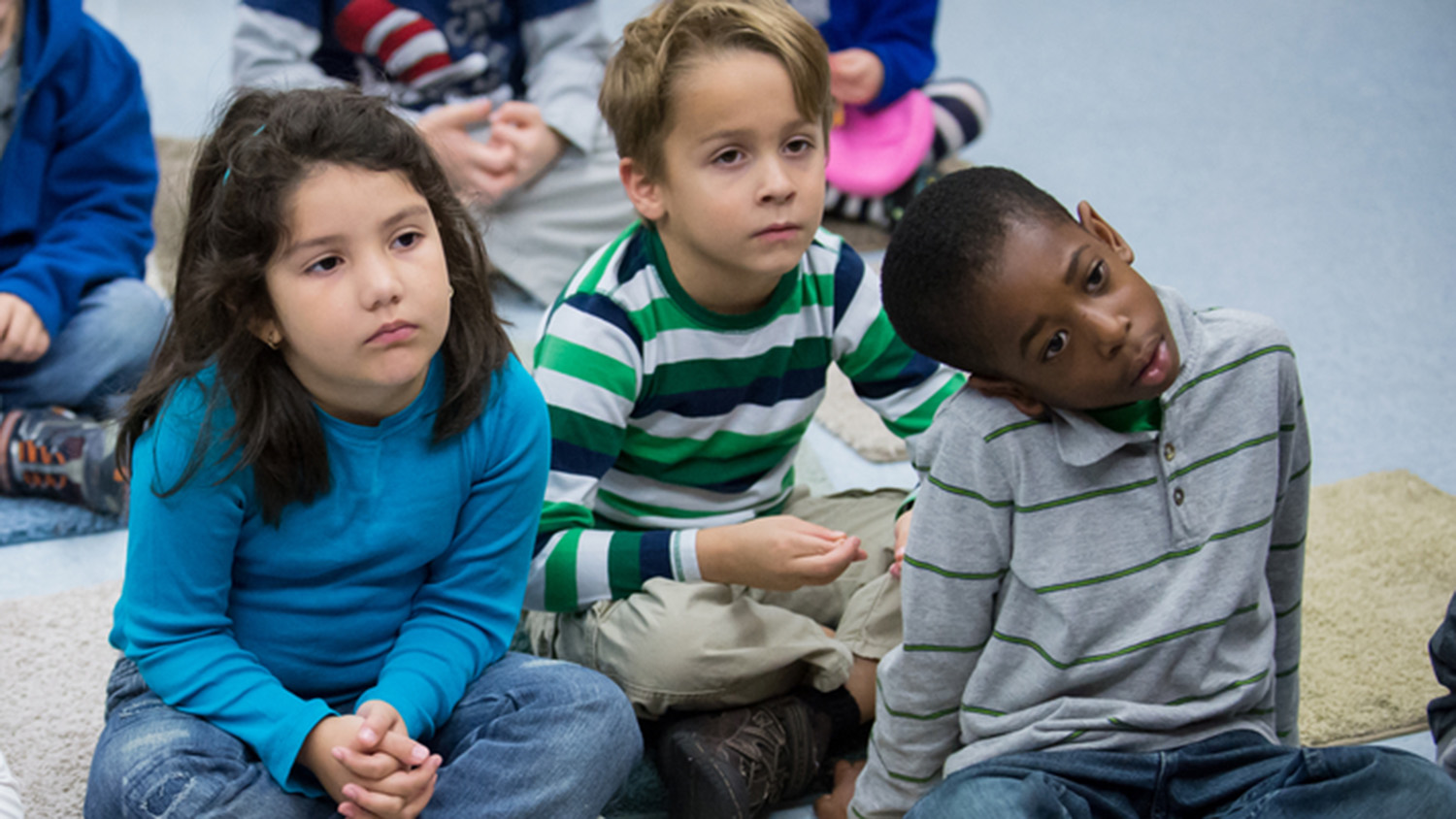Prospective Teachers More Likely to View Black Faces Than White Faces as Angry

For Immediate Release
A preliminary study of prospective teachers finds that they are more likely to view the face of Black adults as angry compared to the faces of White adults. Similarly, the study participants viewed the behavior of Black children as more hostile than the behavior of White children.
“Black students experience more suspensions, expulsions and disciplinary actions than White students, even for exactly the same behavior, and the data suggest that this disparity may be influenced by a cultural disconnect between teachers and Black students,” says Amy Halberstadt, a professor of psychology at North Carolina State University and lead author of a paper on the work.
“With this study, we wanted to explore whether people going into education showed indications of racialized anger bias – detecting anger where none exists,” Halberstadt says. “This is a first step toward understanding whether cultural mismatches and racial prejudice are playing a role in the disproportionate number of Black students facing disciplinary action.” The study was done by researchers at North Carolina State University, Northeastern University, the University of Texas MD Anderson Cancer Center and Virginia Commonwealth University.
For this preliminary study, researchers recruited 40 undergraduate students who were planning to become K-12 teachers. Study participants were shown photos of Black and White men and women expressing emotions, as well as videos in which Black and White boys were engaged in behavior that could be deemed inappropriate in a school setting – such as tossing someone else’s work in the garbage during clean up, or insulting someone’s presentation.
For each image, study participants were asked to identify the relevant emotion each person was expressing. For each video, study participants were asked to say how hostile the children were.
The participants were 1.5 times more likely to be accurate at interpreting emotions in the faces of White men and women compared to the faces of Black men and women. In addition, participants had a higher likelihood of judging a nonangry face as angry for Black faces than for White faces. This was a large effect in that the Black faces were three times more likely to be judged as angry even when they were not.
Study participants also attributed significantly more hostility to the Black boys in the videos than they did to the White boys in the videos. On a 5-point scale ranging from 1 (not hostile at all) to 5 (very hostile), participants had an average rating of 3.37 for Black boys’ behaviors and 2.12 for White boys’ behaviors.
“This is a preliminary study, but the results raise concerns about the extent to which prospective teachers actively interpret the behavior of others through a racialized lens, such that the same behavior may be interpreted differently depending on the race of the child,” Halberstadt says.
“We don’t yet know the extent to which these results may be generalized to people outside of this study sample or whether a racialized lens does in fact affect Black students’ disciplinary experiences,” Halberstadt says. “But the W.T. Grant Foundation has given us the resources we need to follow up on these preliminary findings – and that work is under way.”
The paper, “Preservice Teachers’ Racialized Emotion Recognition, Anger Bias, and Hostility Attributions,” is published in the journal Contemporary Educational Psychology. The paper was co-authored by Vanessa Castro of Northeastern; Qiao Chu of the UT MD Anderson Cancer Center; Fantasy Lozada of VCU; and Calvin M. Sims, a Ph.D. student at NC State.
-shipman-
Note to Editors: The study abstract follows.
“Preservice Teachers’ Racialized Emotion Recognition, Anger Bias, and Hostility Attributions”
Authors: Amy G. Halberstadt and Calvin M. Sims, North Carolina State University; Vanessa L. Castro, Northeastern University; Qiao Chu, University of Houston; and Fantasy T. Lozada, Virginia Commonwealth University
Published: June 18, Contemporary Educational Psychology
DOI: 10.1016/j.cedpsych.2018.06.004
Abstract: Differential treatment of students by race is well documented, and potentially driven by implicit processes relating to racial prejudice. To better understand some of the pathways by which racial prejudice may be activated, we examined preservice teachers’ racialized perceptions specific to emotion. Forty preservice teachers identified the emotions expressed in 20 Black and White male and female faces in order to assess racialized emotion accuracy and anger bias; participants also judged hostility in videos of 4 Black and White boys’ misbehaviors with peers in school in order to assess racialized attributions. We conducted a series of multilevel models with assessments of Black and White faces (or boys) nested within preservice teachers. Results indicated that emotions in Black faces were less accurately recognized than emotions in White faces; Black faces were more likely to be seen as angry even when they were not, compared to White faces; and boys’ misbehaviors were perceived as more hostile than those of White boys. Together, these results consistently suggest that racialized emotion-related perceptions may enter the classroom with preservice teachers. Implications, as well as limitations that may be resolved in future studies, and extensions of these findings to other minority status populations are discussed.
- Categories:


